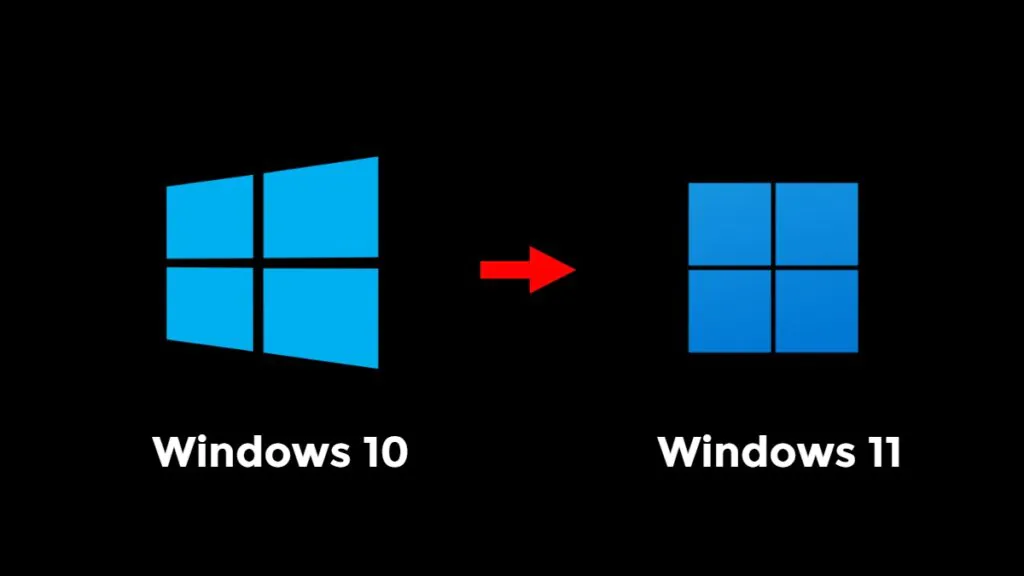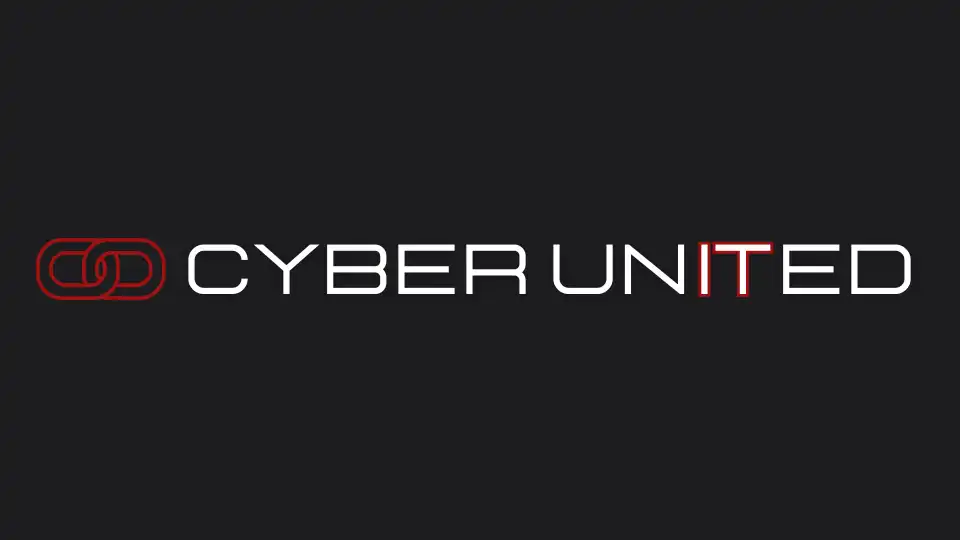
As of 14th October 2025, Windows 10 will officially reach End of Life (EOL). That means Microsoft will no longer provide security updates, bug fixes, or technical support for the popular operating system used by millions across the UK.
For businesses and individuals still relying on Windows 10, this deadline is fast approaching—and the time to prepare is now. In this post, we’ll break down what Windows 10 End of Life means, what your upgrade options are, and why it’s crucial not to leave it until the last minute.
What Does Windows 10 End of Life Mean?
When an operating system reaches End of Life, it means Microsoft will no longer support it with:
Security patches
Bug fixes
Feature updates
Technical assistance
In short, if you’re still running Windows 10 after 14th October 2025, your system will be at risk of cyber attacks and other vulnerabilities—something no business or home user should take lightly.
For official confirmation and details, Microsoft has outlined the Windows 10 retirement timeline on its Lifecycle Policy page.
How Long Do You Have to Upgrade?
As of May 2025, there are just over 5 months remaining before Windows 10 reaches End of Life. That may seem like enough time, but planning, purchasing, and deploying your upgrade—especially across multiple business devices—takes longer than most expect.
Acting now avoids the risks of:
Last-minute panic buying
Stock shortages on hardware
Rushed and costly upgrades
Security vulnerabilities from delayed transitions
Why You Shouldn’t Wait
Historically, when older Microsoft products reach their end of life (such as Windows 7 in 2020), demand for new devices and Windows licences surges. This leads to:
Limited availability
Price hikes on compatible hardware
Delays from IT service providers due to high demand
At Cyber United Solutions, we’re already seeing clients begin their transition to Windows 11 to avoid the bottleneck. If your business hasn’t started planning, now is the time.
Explore our IT Support Services to see how we can help your business prepare for Windows 10 EOL.
What Are Your Upgrade Options?
1. Upgrade to Windows 11
The most straightforward path is upgrading eligible devices to Windows 11. Microsoft has placed more stringent hardware requirements for Windows 11, so not all devices running Windows 10 will be compatible.
You can use Microsoft’s PC Health Check Tool to see if your device qualifies.
Key system requirements for Windows 11 include:
A compatible 64-bit processor with 1GHz or faster
4GB RAM or more
64GB storage minimum
UEFI firmware with Secure Boot
TPM version 2.0
If your devices are not compatible, you will need to consider replacing them.
2. Purchase New Hardware
If your current hardware doesn’t meet Windows 11’s requirements, you’ll need to invest in modern, compliant devices. These often come pre-installed with Windows 11, ensuring a smooth and secure user experience.
Need help sourcing new devices? We provide IT procurement services to ensure you get the best hardware at competitive prices.
3. Extended Security Updates (ESUs)
Microsoft is expected to offer paid Extended Security Updates for Windows 10 after EOL—similar to what was done for Windows 7. However, these are usually:
Expensive (especially for SMBs)
Temporary (up to 3 years)
Not a long-term solution
This may suit organisations with legacy software or regulatory constraints, but it’s generally advisable to plan a full migration.
Risks of Staying on Windows 10 After EOL
🛡️ Security Threats
Without security updates, your systems will be vulnerable to known exploits. Cybercriminals specifically target outdated systems. Law firms, accountants, healthcare providers, and other sectors handling sensitive data are particularly at risk.
Explore our Cybersecurity Services to understand how we protect businesses against ransomware and phishing threats.
🖥️ Software Compatibility
Many software vendors will stop supporting their applications on Windows 10 after EOL. That means you could face compatibility issues, bugs, and performance problems.
🛠️ No Support
After 14 October 2025, Microsoft support teams won’t help troubleshoot any issues on Windows 10. For businesses, this means potential downtime and costly fixes.
How to Prepare Now
✅ 1. Audit Your Devices
Start by identifying which systems are still running Windows 10. Use tools like Microsoft Endpoint Manager, or reach out to an IT provider like us to perform a full audit.
✅ 2. Check Compatibility
Run the PC Health Check Tool on each device to determine if it can be upgraded to Windows 11.
✅ 3. Budget for New Hardware
If devices are not compatible, start budgeting now to avoid a financial crunch closer to the deadline.
✅ 4. Plan the Rollout
Work with an IT partner to stage the upgrade over several months, prioritising key teams or departments.
✅ 5. Train Your Staff
Windows 11 introduces a new interface and functionality. Provide basic training so employees can transition smoothly.
Why Work With Cyber United Solutions?
At Cyber United Solutions, we help businesses across Sussex plan and execute seamless IT transitions. Our expert team provides:
Tailored upgrade strategies
Hardware procurement
Staff training
Ongoing support and cybersecurity
Whether you have 5 devices or 500, we’ll guide you through the process to ensure minimal disruption.
Learn more about our Managed IT Services.
FAQs About Windows 10 End of Life
❓Can I still use Windows 10 after October 2025?
Yes, but it’s not recommended. Without updates, you’ll be at high risk of cyber attacks and software compatibility issues.
❓Is Windows 11 free to upgrade?
If your device is compatible and currently running a genuine Windows 10 licence, yes, the upgrade is free.
❓What if my systems can’t run Windows 11?
You’ll need to replace them with supported hardware or explore alternative solutions like Azure Virtual Desktop to run Windows 11 in the cloud.
❓Can you help with the upgrade?
Absolutely. We offer end-to-end upgrade services including audits, hardware supply, migration, and post-upgrade support.
Final Thoughts: Don’t Wait Until It’s Too Late
The Windows 10 End of Life date—14th October 2025—may feel distant, but the reality is that preparing your business takes time. The longer you wait, the more likely you are to face:
Stock shortages
Price hikes
Rushed decisions
Security risks
Proactive planning gives you more control, keeps your team productive, and ensures your systems stay secure and supported.
🔒 Ready to Future-Proof Your Business?
At Cyber United Solutions, we’re already helping businesses across Sussex upgrade from Windows 10. Don’t wait until it’s urgent—get ahead of the curve now.
📞 Contact us today to book your upgrade assessment.
Or explore our full range of services on www.cyberunited.co.uk.
